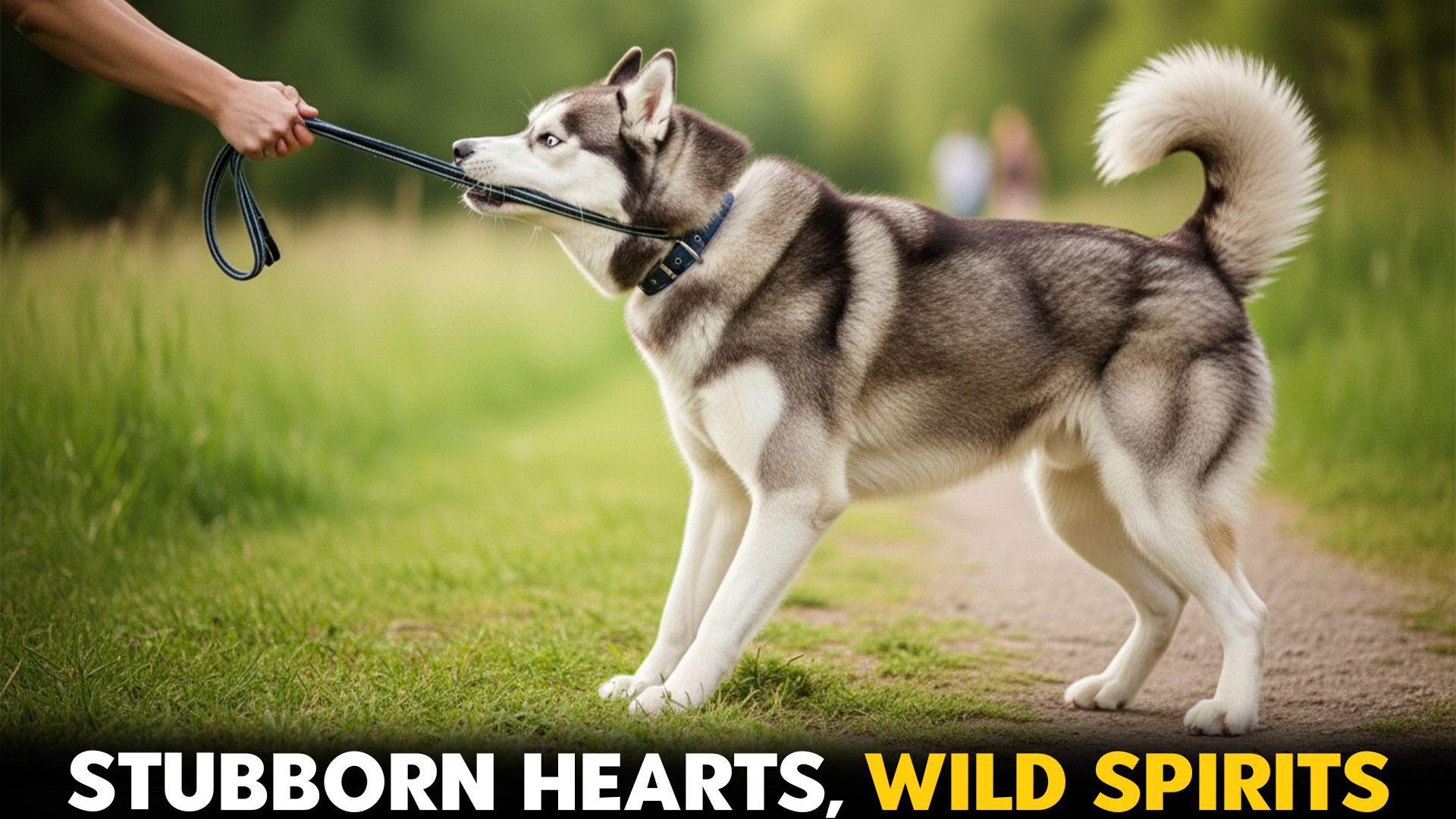Ever met a dog that seems to have a mind of its own… and a mischievous streak a mile long? Some dog breeds are charmingly adorable yet notoriously challenging, testing even the most patient owners. While every pup deserves love, certain breeds are known for their stubbornness, boundless energy, or cheeky antics that can frustrate training efforts.
Animal welfare activists often keep a close eye on these breeds—not because they’re “bad,” but because they require extra care, guidance, and understanding to thrive. From door-dashing Houdinis to escape artists extraordinaire, these dogs demand consistent training, mental stimulation, and sometimes a strong sense of humor from their humans.
But don’t be fooled—behind those wild behaviors often lies a heart of gold, a loyal companion ready to love fiercely when guided right.
If you’re curious about which dog breeds push the limits and how to manage their spirited personalities, we will give you insights into the most challenging pups, helping potential owners prepare for a life full of energy, adventure, and occasional chaos.
Did you know? Some breeds struggle with obedience due to high energy or strong instincts, which can make managing them a challenge for any household—especially for activists promoting animal welfare.
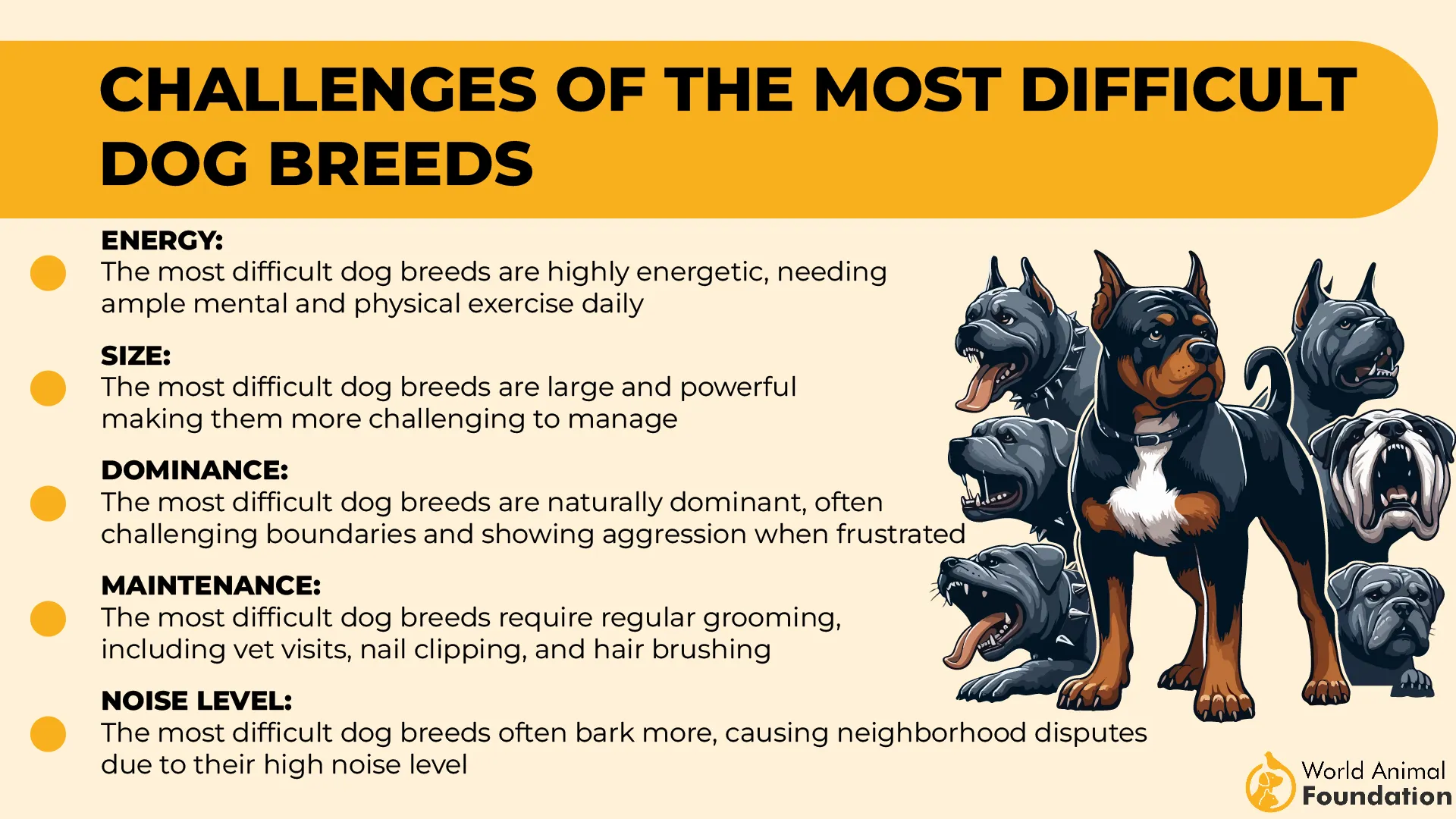
Worst Behaved Dog Breeds For Animal Welfare Activists
1. Siberian Husky
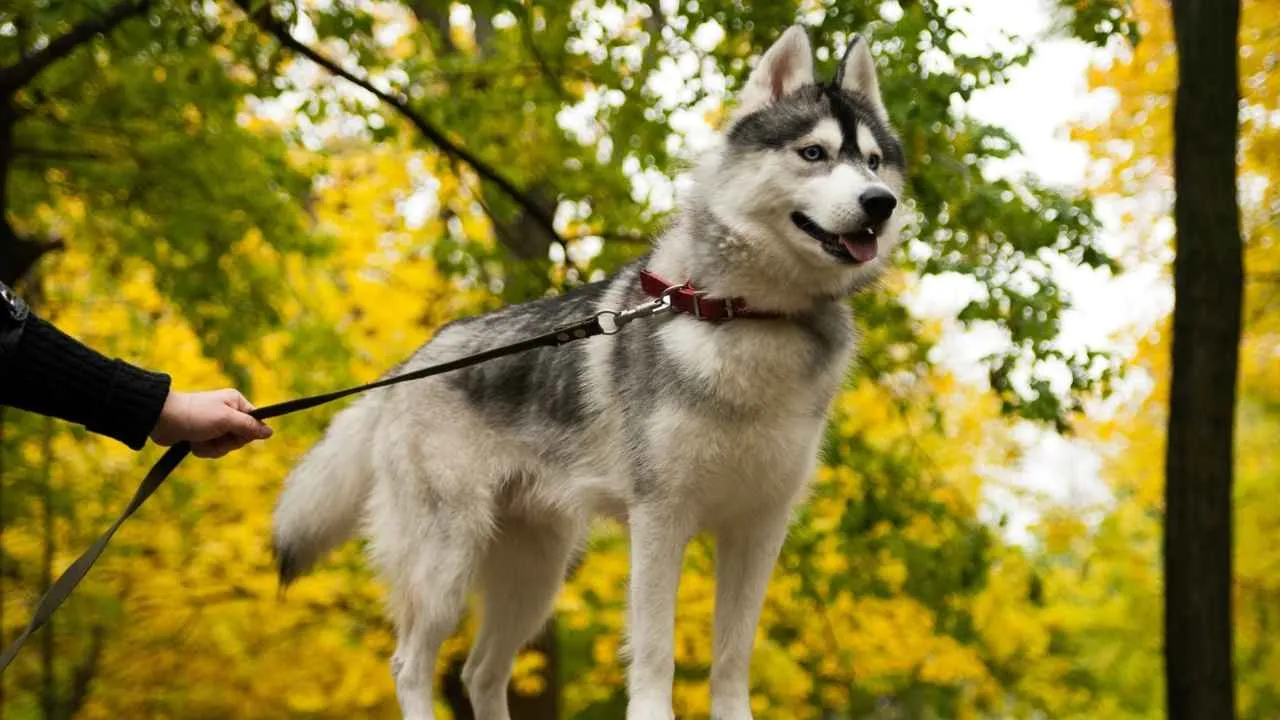
If there were an Olympic event for Houdini-like escapes, the Siberian Husky would take home gold. This famous sled dog breed didn’t score a single point in the survey on “good behavior,” landing it squarely at the top of the “worst-behaved dog” list.
And the data backs it up: Husky owners reported high rates of jumping on people, destroying things, and—perhaps most concerning—making a break for it whenever the opportunity arises.
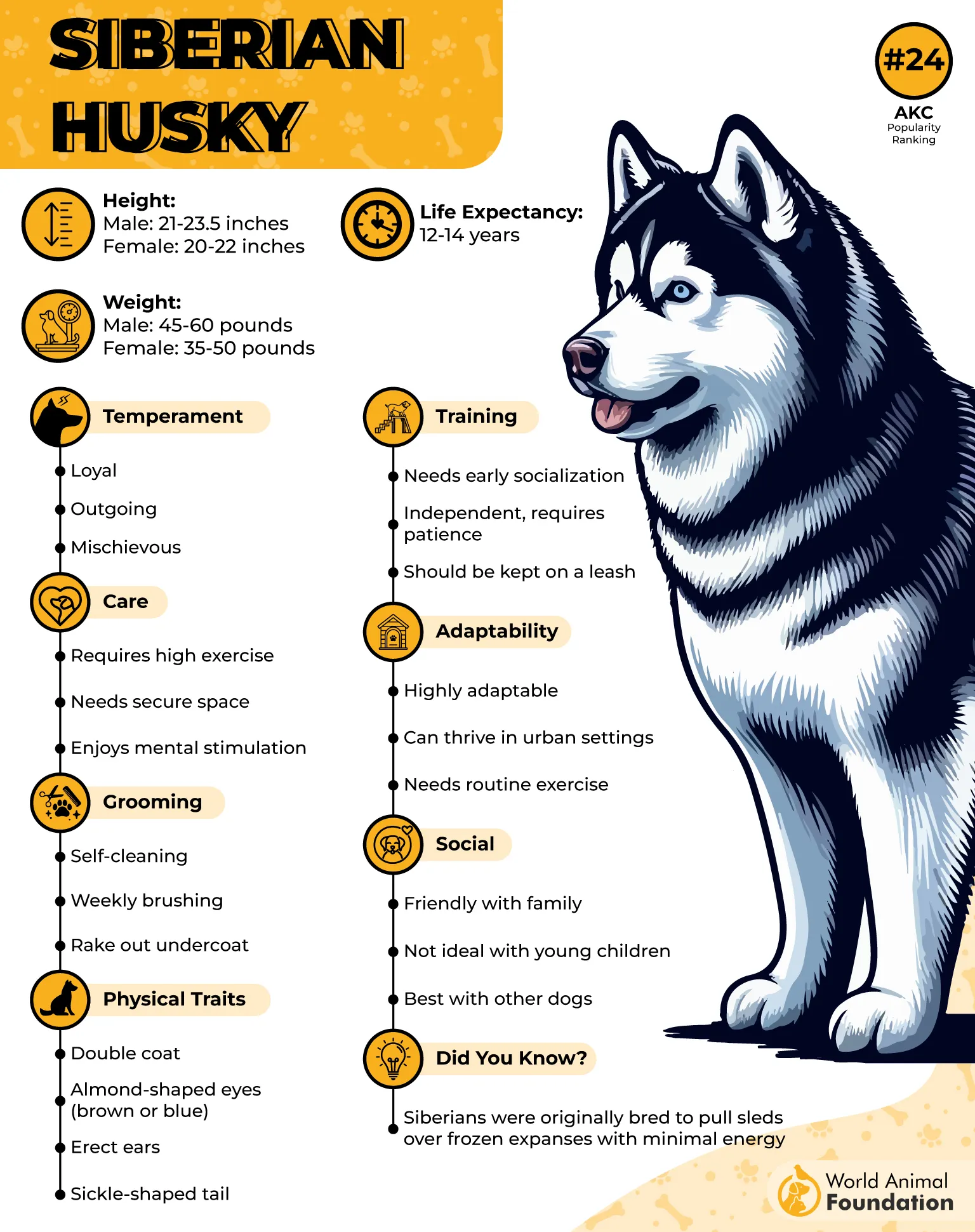
These fluffy mischief-makers have a high prey drive, according to WebMD. That means anything that moves—squirrels, birds, rats, and yes, even your unsuspecting cat—is fair game. Your backyard? Basically a suggestion. Your front yard? Temporary. Your neighbor’s yard? Probably already explored.
For animal welfare activists, Huskies are a prime example of a breed that requires careful supervision, training, and secure fencing. These large dogs are not “bad” dogs—they’re just incredibly determined, energetic, and independent.
They live life with a “challenge accepted” attitude, which can be as exhausting for their owners as it is entertaining to watch. Despite the chaos, Huskies’ charm is undeniable.
Just make sure you keep an eye on them—they’re less about mischief and more about adventure, whether you’re ready or not.
2. Akita
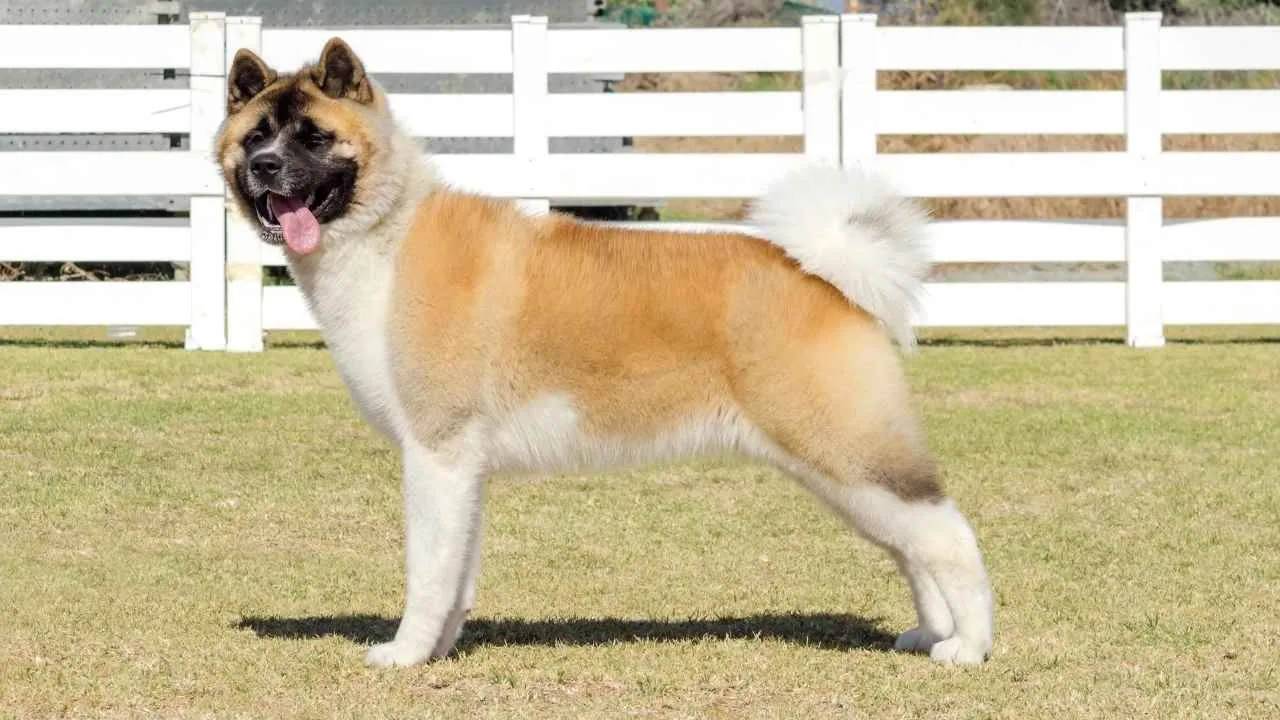
Akitas are the strong-willed philosophers of the dog world. Bred to work independently, these majestic dogs have a mind of their own—and they’re not afraid to use it.
According to the American Kennel Club (AKC), the Akita is a strong, double-coated breed with ancient Japanese roots, renowned for its dignity, bravery, and loyalty. In Japan, Akitas are highly respected as guardians of the family and are considered symbols of good health, happiness, and longevity.
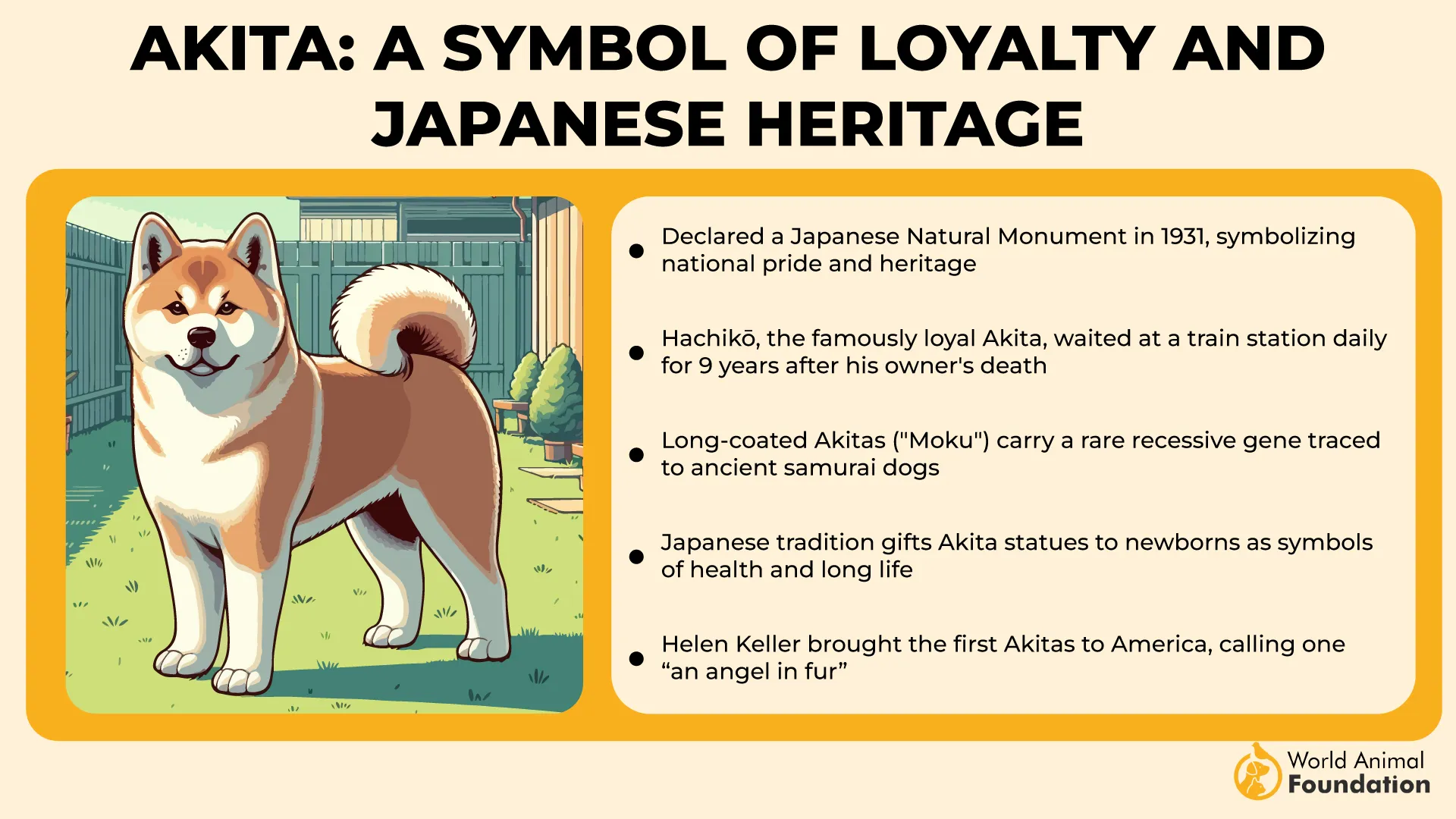
They thrive when given structure, consistent training, and early socialization, but try to wing it without experience, and you might find yourself negotiating with a furry powerhouse.
Akitas aren’t “bad,” but they do come with an attitude: confident, alert, and sometimes a little aloof. They’re not the type to follow every command like a well-rehearsed puppy playbook; instead, they weigh your request, consider its merits, and—if they approve—might just do it.
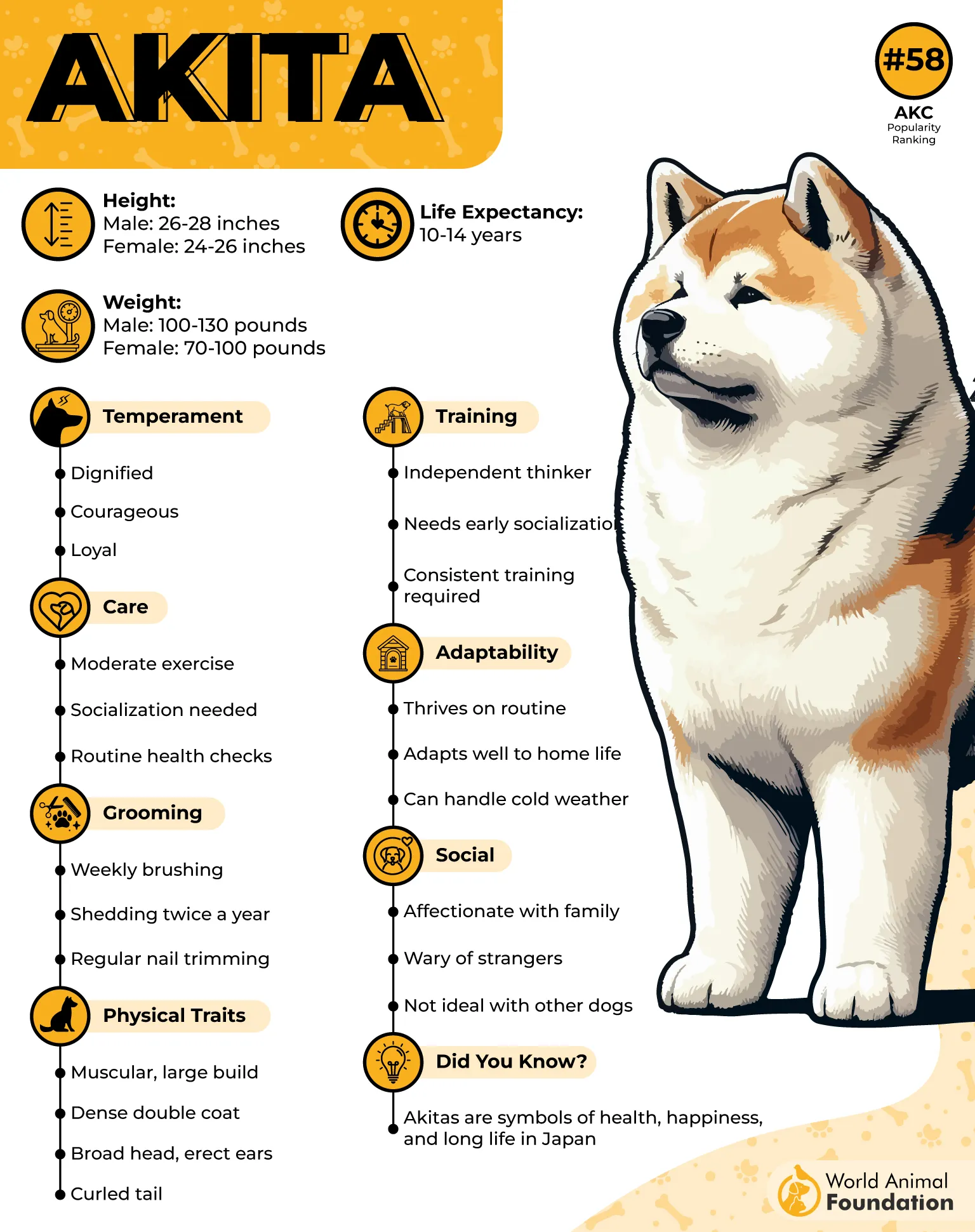
For animal welfare activists, Akitas represent a breed that needs a thoughtful, committed owner who can match their independence with guidance and care.
In short, if you’re ready to raise an Akita, bring patience, consistency, and respect—and maybe a sense of humor—because these dogs march to the beat of their own drum, and it’s a pretty impressive drum solo.
3. Beagle

Beagles: adorable, floppy-eared bundles of energy with a howl that could charm—or alarm—anyone within earshot. But don’t let the cute face fool you. The Beagle is a small scent hound originating from England, originally bred to track small game like rabbits and foxes.
While they are still used in hunting today, Beagles have also become popular family companions. This breed is relatively easy to care for, needing only regular exercise and routine grooming to stay happy and healthy.
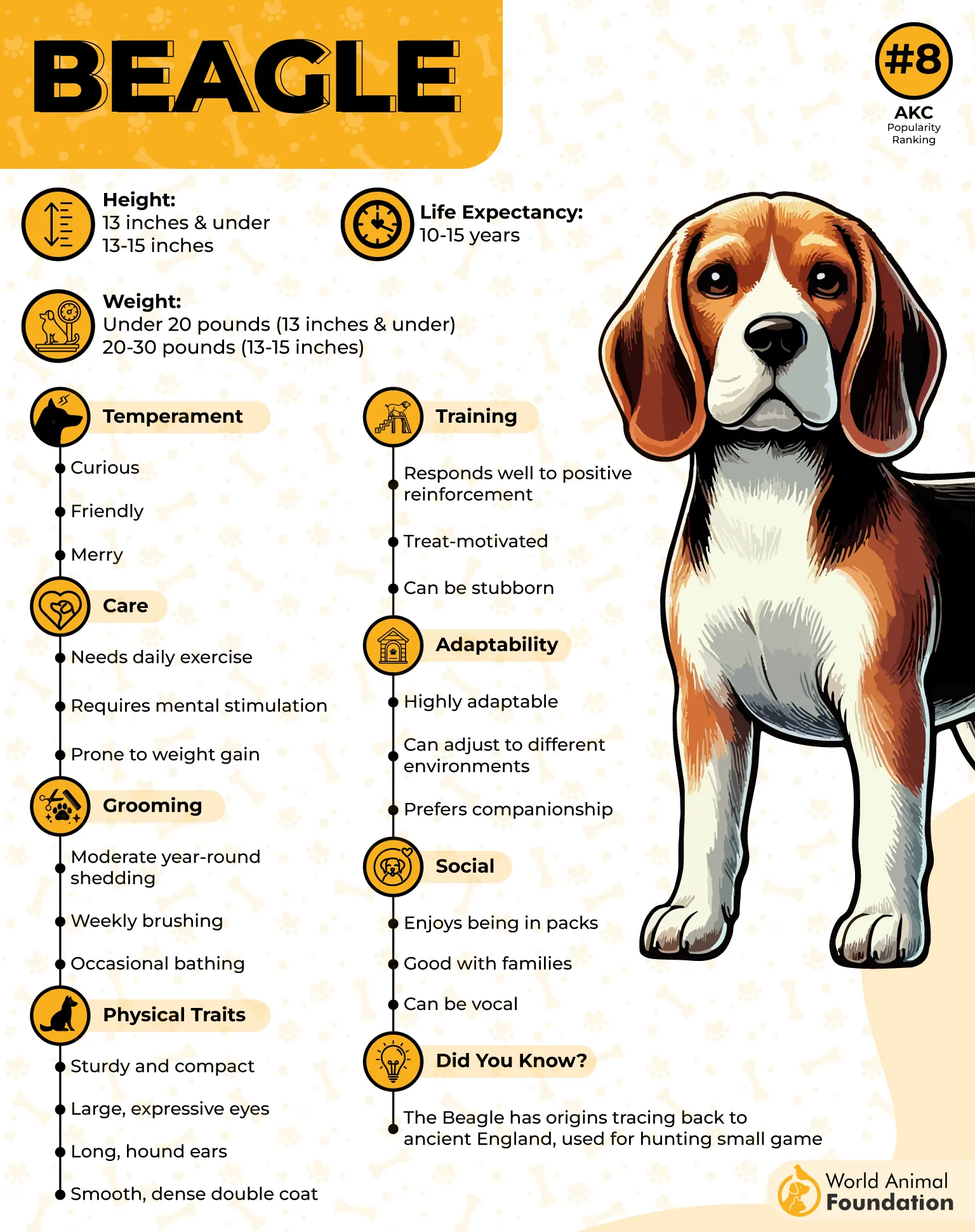
Beagles scored lowest for “excellent” or “pretty good” behavior, proving that under that sweet exterior lies a determined little mischief-maker. These scent-obsessed hounds live life nose-first, following smells wherever they lead. Off-leash? Good luck.
Beagles ranked second-highest for “rarely” or “never” following commands without supervision. That means your leisurely park walk can quickly turn into a full-on canine treasure hunt… or a chase sequence worthy of a sitcom.
For animal welfare activists, Beagles highlight the importance of training, stimulation, and patience. They’re not “bad,” just incredibly motivated by curiosity and smell.
Life with a Beagle is never boring—and you’ll always need a keen eye on your snacks, shoes, and garden gnomes.
4. Dachshund
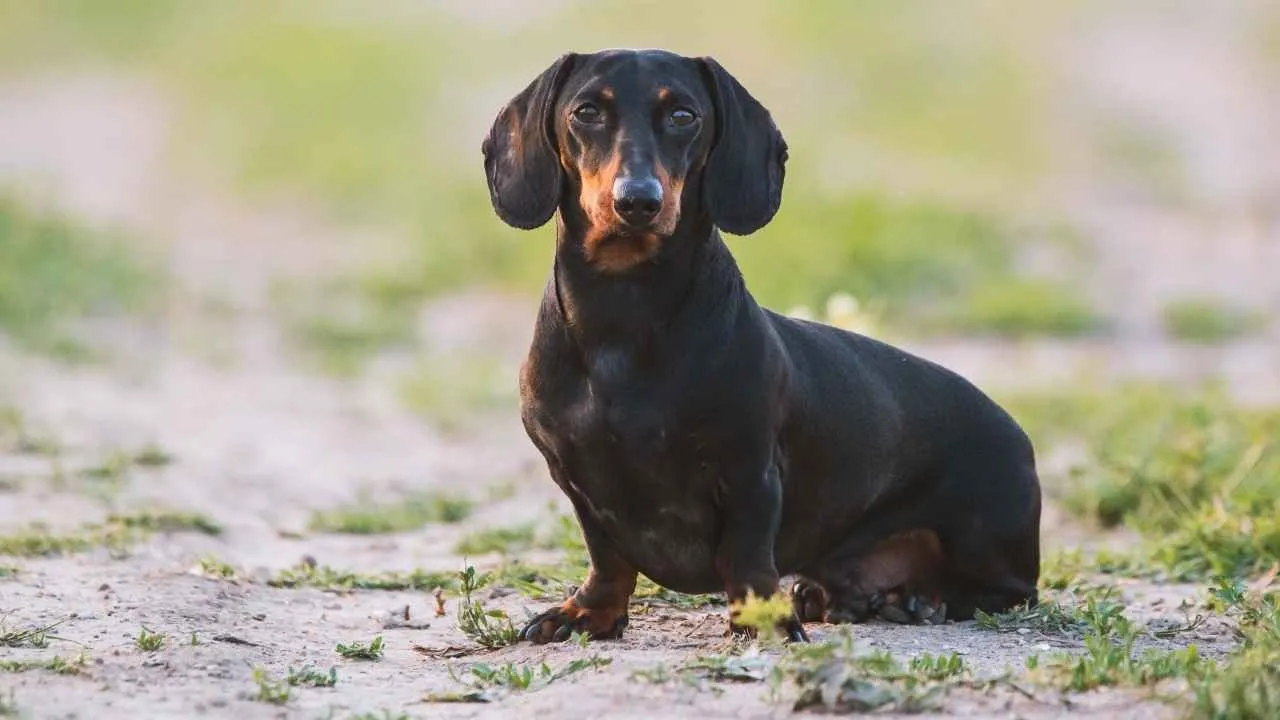
Don’t let those sausage-shaped bodies and big puppy eyes fool you—Dachshunds may be small, but they pack a lot of personality. These little dogs were originally bred to hunt badgers, which means they have courage (and stubbornness) way beyond their size.
Despite their charming personality and iconic long, low-slung body, Dachshunds remain one of the most popular dog breeds in the U.S.
Dachshunds have an exceptional sense of smell and a strong instinct to chase. As a result, they may not be the best fit for homes with smaller pets, which they could view as prey.
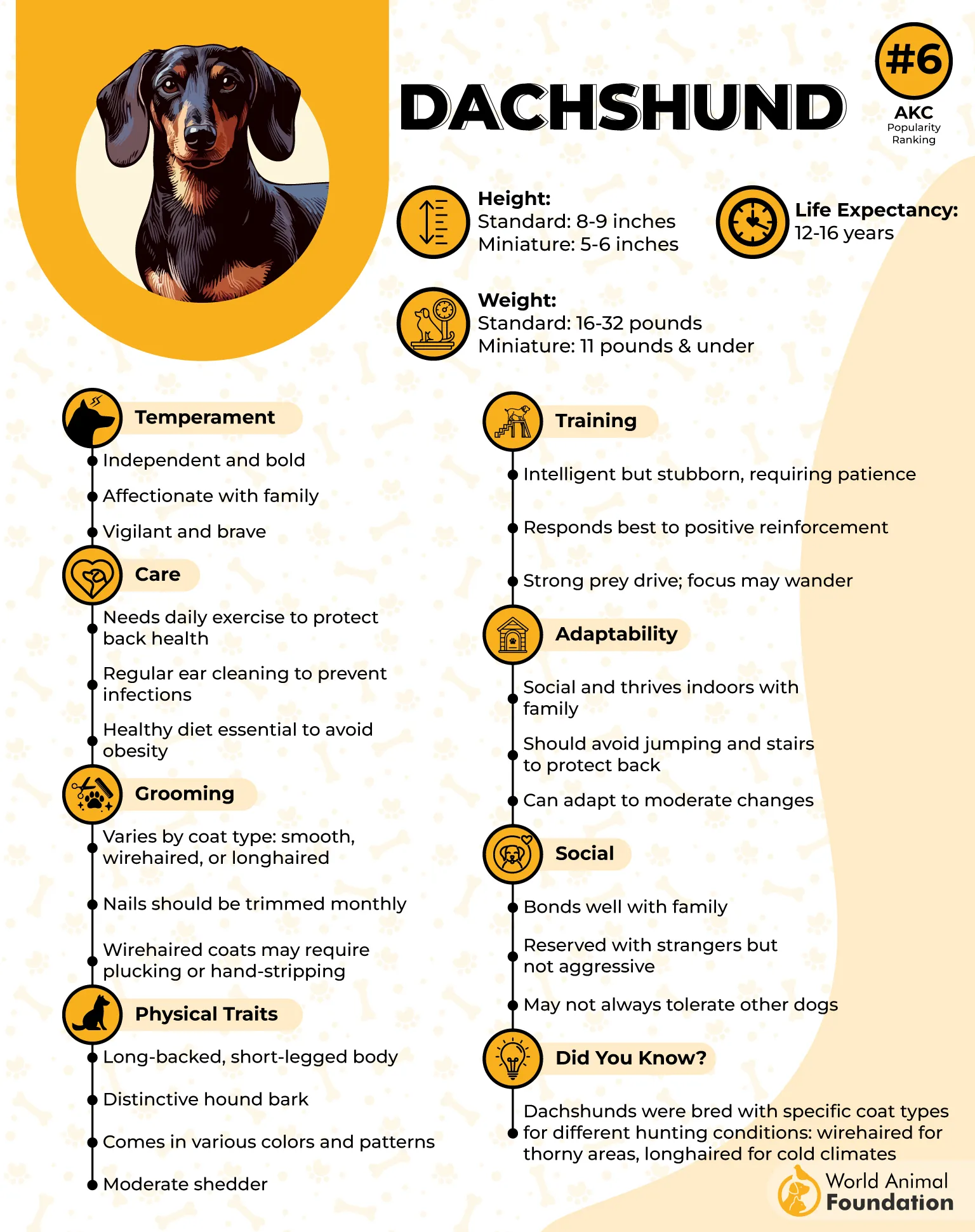
According to surveys, Dachshunds often top the charts for independent thinking, digging, and selectively listening. They’ll happily ignore commands if a more interesting smell, sound, or squirrel crosses their path.
Think of them as tiny tornadoes of determination and mischief—adorable, yes, but capable of leaving a trail of chaos in their wake. They adapt well to apartments and smaller living spaces, though they are prone to frequent barking. With proper training, this behavior can be managed.
For animal welfare activists, Dachshunds are a reminder that even small dogs need structure, socialization, and patience. Their charm makes you forgive almost anything… until you realize your backyard has been transformed into a miniature excavation site.
5. Jack Russell Terrier
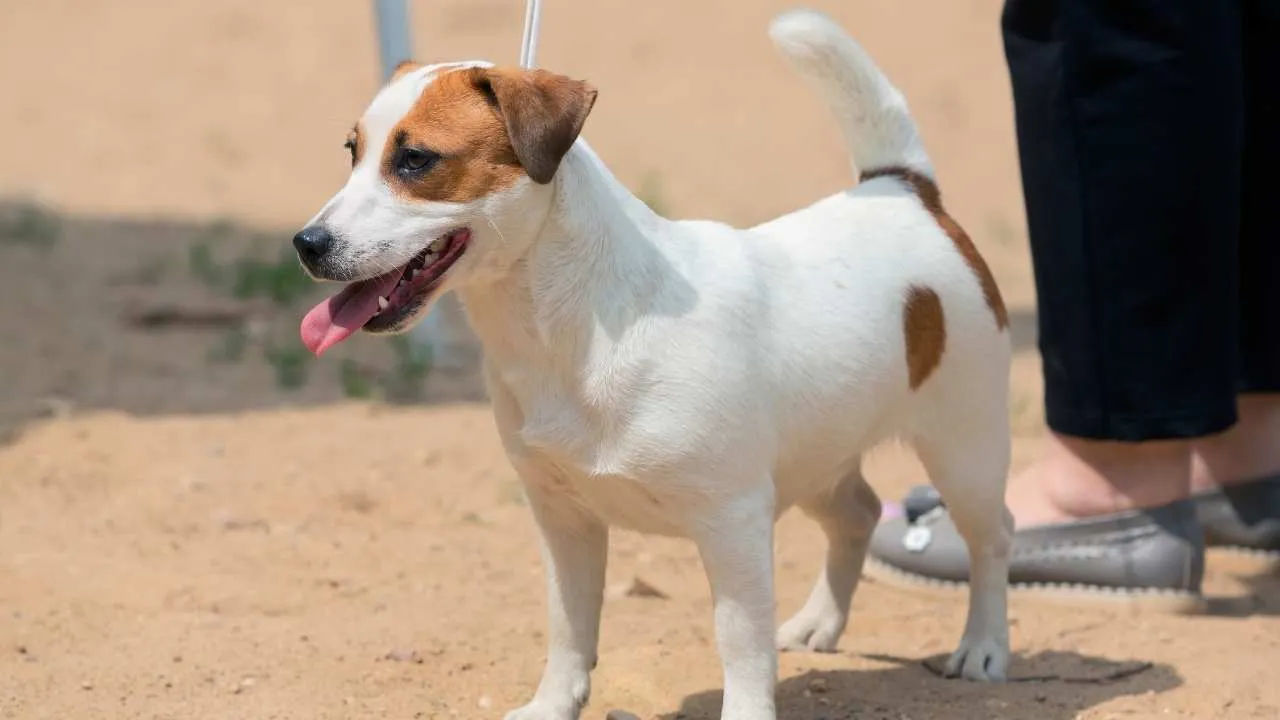
Don’t be fooled by their pint-sized bodies and playful faces—Jack Russell Terriers are small dogs with big personalities… and even bigger energy.
Curious, fearless, and endlessly adventurous, these little dynamos are natural explorers and, unfortunately, expert escape artists. A securely fenced yard isn’t optional; it’s survival gear.
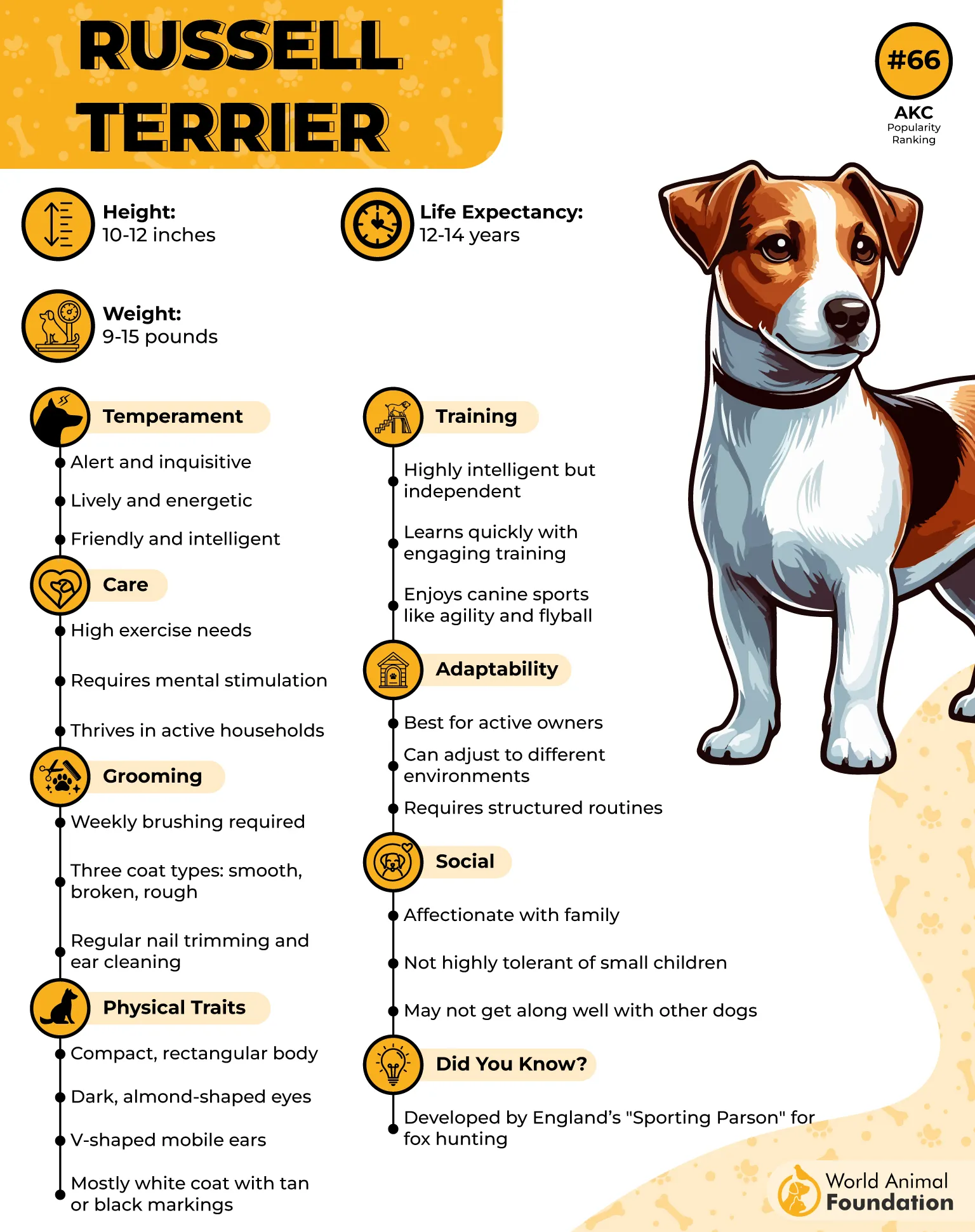
Their strong prey drive makes off-leash freedom risky. Anything that moves—cats, squirrels, and yes, even cars—instantly becomes a target. For new pet parents or apartment dwellers, the Jack Russell’s energy can come as a surprise.
Without plenty of exercise and firm, consistent training, these spirited pups may channel their intensity into digging, chewing, or relentless barking.
For animal welfare activists, Jack Russells are a perfect example of how high-energy, intelligent dogs require proper outlets for their curiosity and drive. They’re not “bad”—just living at full throttle, 24/7, and expecting you to keep up.
Think of them as tiny tornadoes of enthusiasm who demand your attention, affection, and occasionally, a helmet.
6. Bulldog
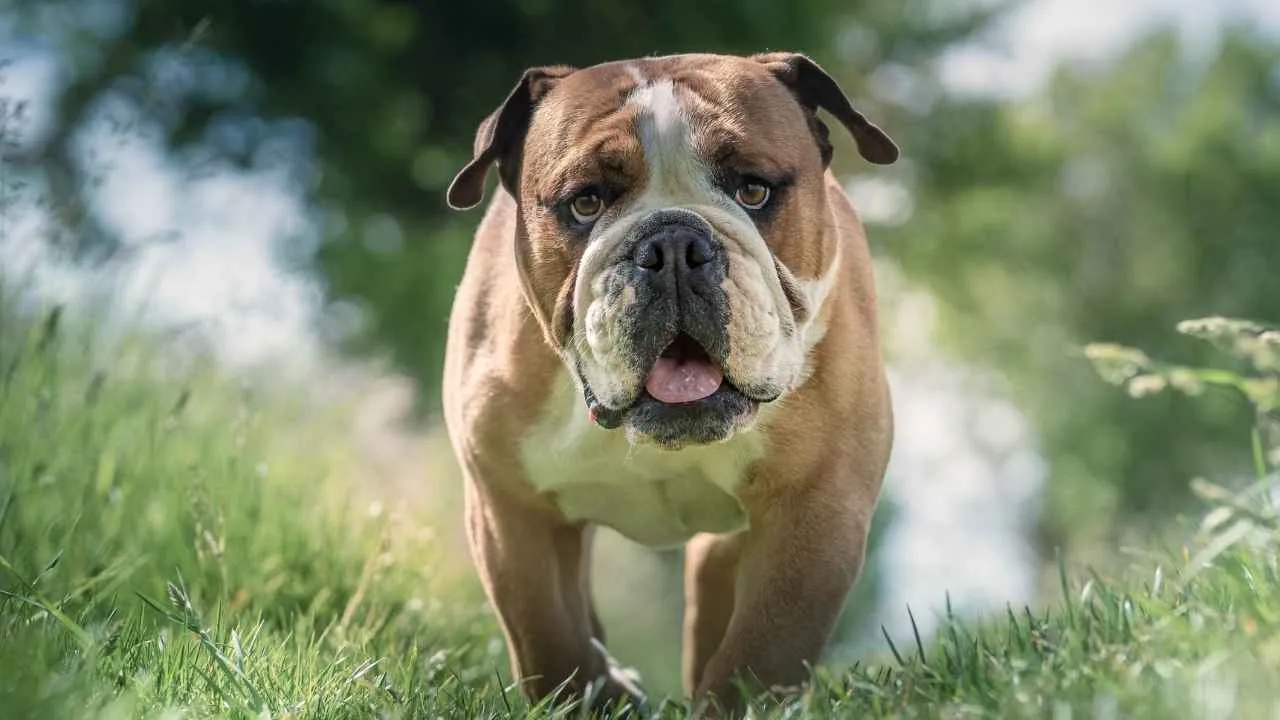
Ah, the Bulldog: wrinkly, snorty, and with the kind of charm that makes you forgive just about anything. Except maybe when they decide that your freshly folded laundry is the perfect napping spot, or that chewing your favorite sneakers is an act of bonding.
Bulldogs are notorious for their stubborn streak. They don’t so much follow commands as they negotiate them—usually on their terms. For animal welfare activists, this breed embodies the “you try, I’ll resist” philosophy, which is adorable… until you realize you’ve been outsmarted by a dog half your size.
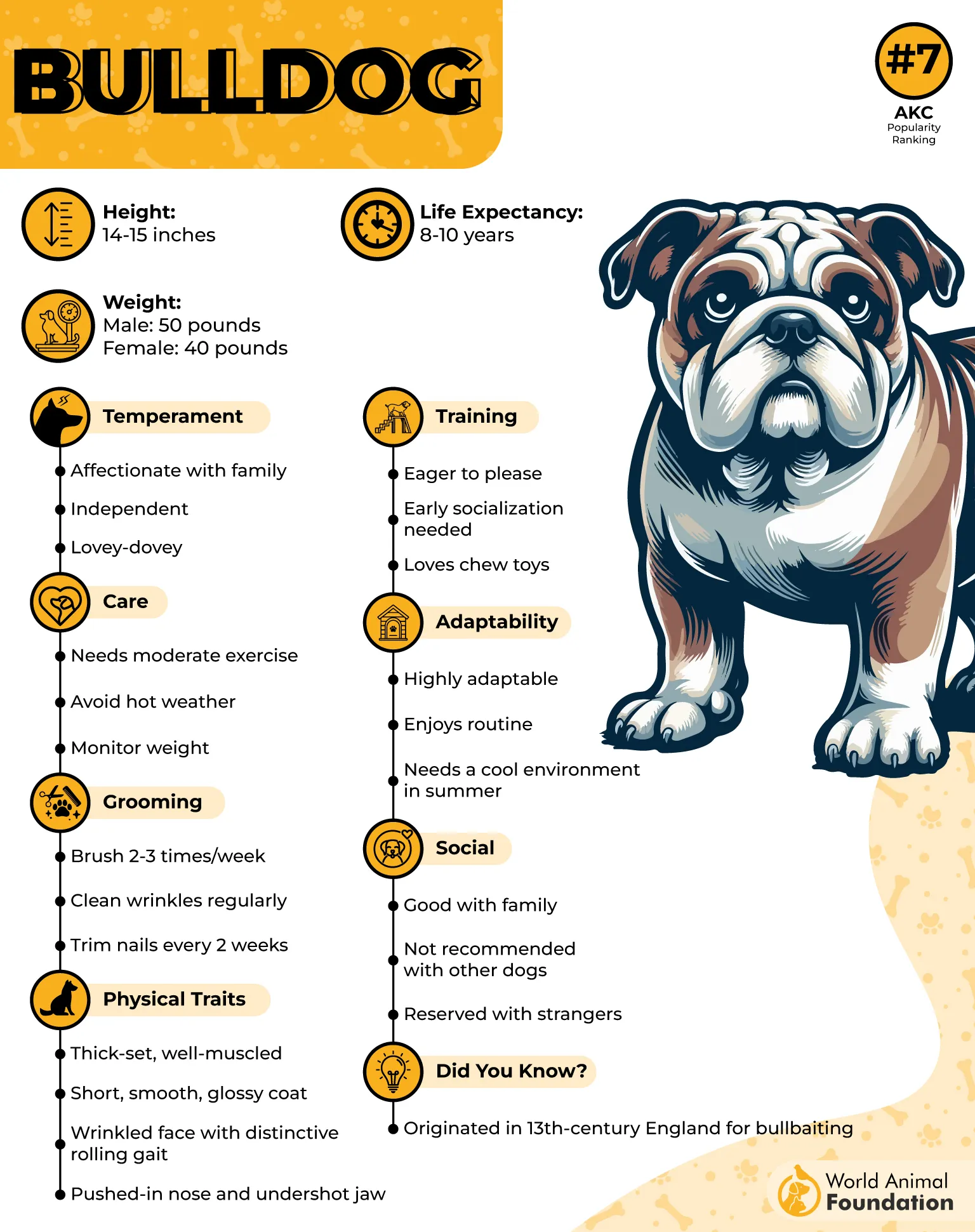
Animal welfare activists pay close attention to these breeds because “bad behavior” often intersects with welfare concerns.
Stubbornness, excessive energy, or even health issues (like Bulldogs’ breathing problems) can make proper care more challenging. It’s not about blaming the dog—it’s about making sure both pets and owners get the support they need.
So, are Bulldogs really “bad”? Not at all. They’re just… selective with their obedience, hilariously opinionated, and experts at melting hearts while mildly testing your patience.
In the world of dog ownership, they remind us that sometimes, the quirkiest dogs are the ones who leave the biggest paw prints—on your heart and your living room carpet.
7. Chow Chow
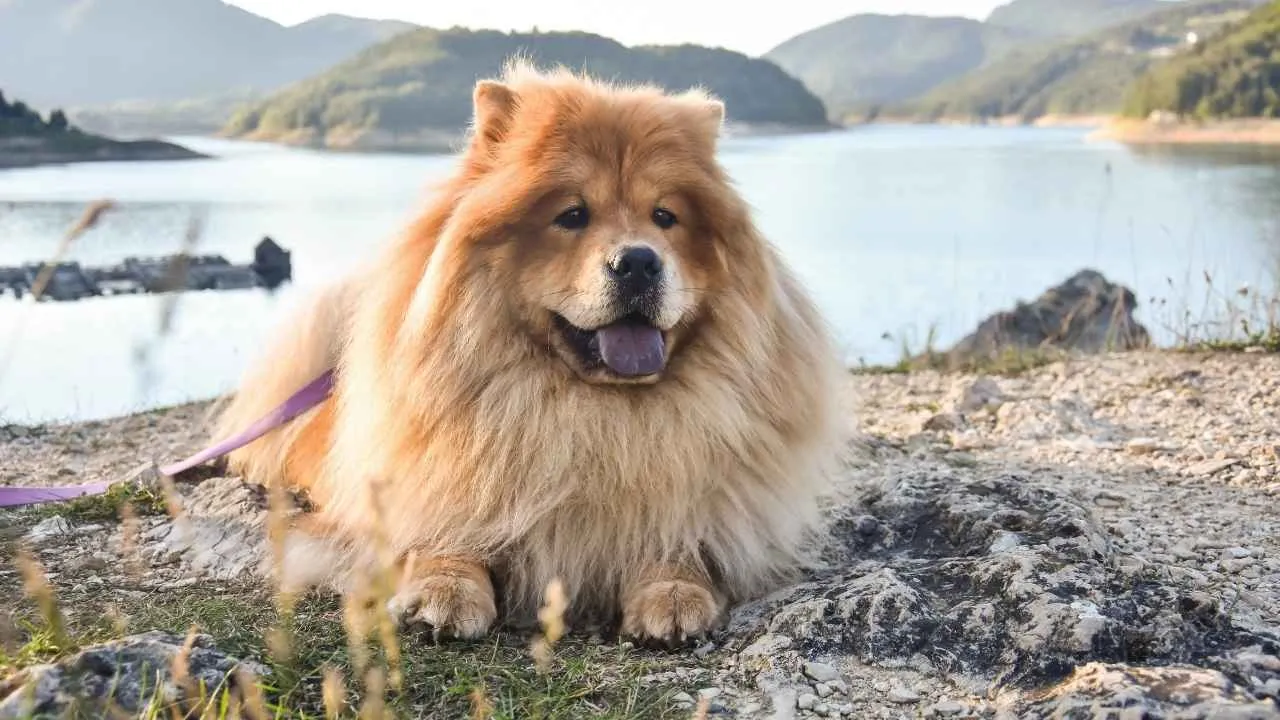
If dogs had royalty, the Chow Chow would be king—or queen—of the household.
These majestic, lion-mane-coated pups are known for their independence and occasional stubborn streak, making training a challenge even for experienced owners.
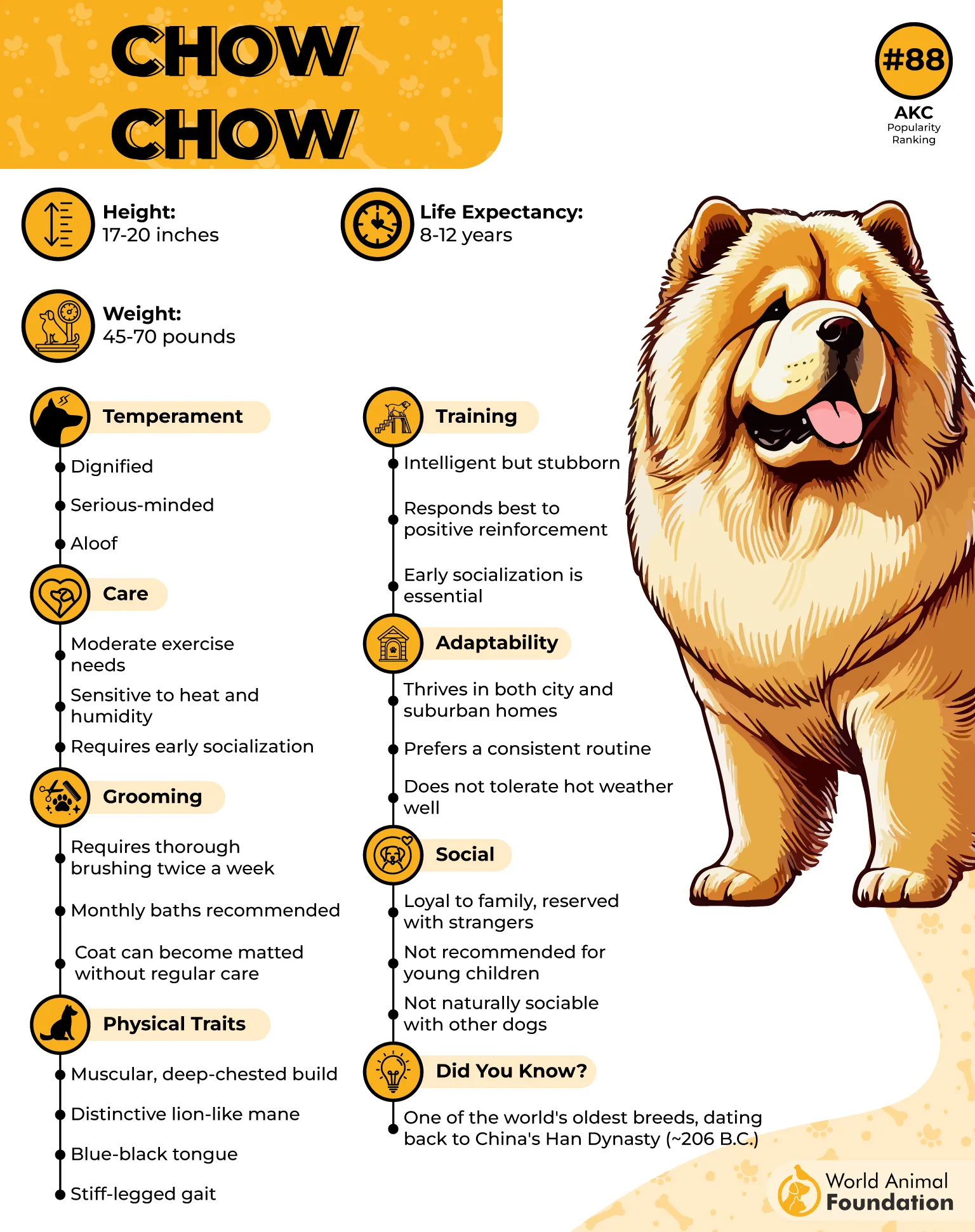
While not high-energy, Chow Chows still require daily exercise—think leisurely walks or yard strolls, not marathon sessions. Britannica notes that Chow Chows can be aloof toward strangers and may even show aggression if not properly socialized.
They’re not the type to make friends at the dog park, but at home, they’re loyal canine companions who enjoy quietly observing life—or sitting on your feet for a private moment of affection.
For animal welfare activists, Chow Chows highlight a breed that thrives on structure, socialization, and respect for their space. They’re not “bad,” just dignified, selective, and occasionally mysterious—like a furry little sphinx with a heart for those who earn it.
Conclusion
When considering the worst-behaved dog breeds, not all dogs are suitable for inexperienced dog owners. Breeds like Bulldogs, Huskies, Basset Hounds, Havanese, and Jack Russells may have behavior issues, high energy levels, or temperament traits that make obedience training essential. Larger breeds such as Cane Corsos, German Shepherds, and Labrador Retrievers require control and supervision, especially around children and other pets.
Other breeds like Yorkshire Terriers, Shih Tzus, and Cavalier King Charles Spaniels are perfect for first-time owners, as they may be calm but still need consistent guidance. Popular family companions like Golden Retrievers, Poodles, and French Bulldogs are often the right dog for many owners, but their food, exercise, and social needs must be met throughout the dog’s life to ensure they remain a best friend rather than a source of trouble.
Choosing the perfect fit—through adoption, rescue, or careful selection—is key to preventing aggressive or dangerous situations and ensuring your dog thrives for its entire life.


